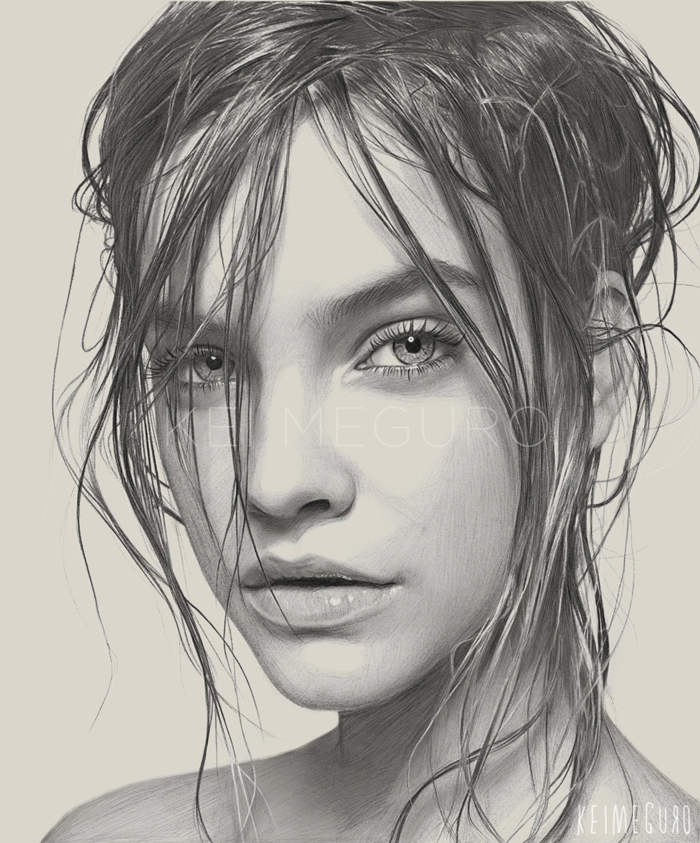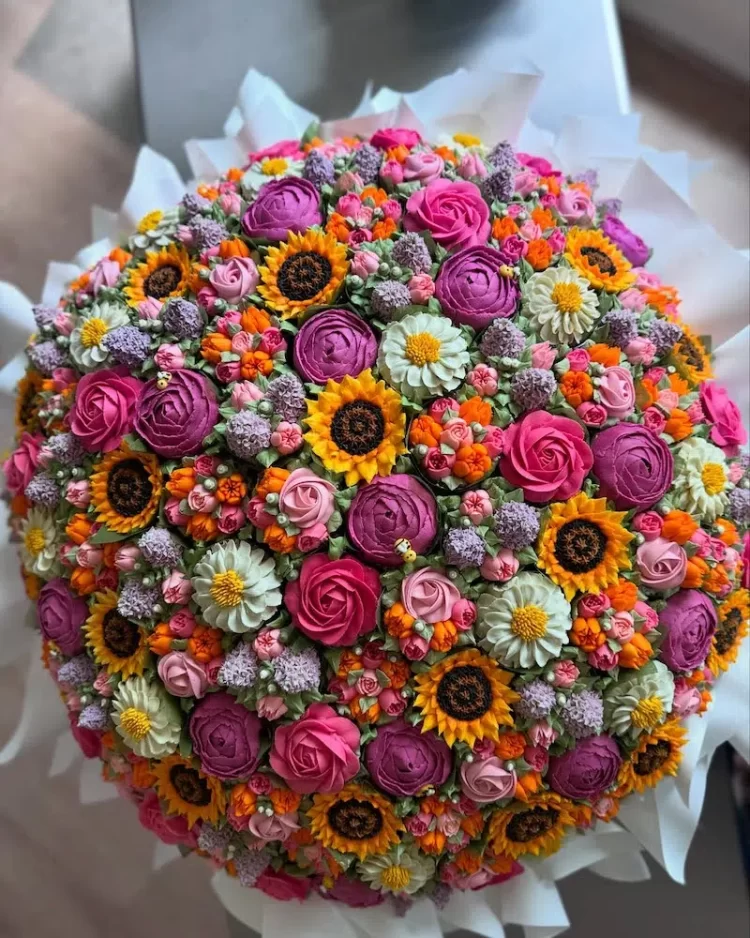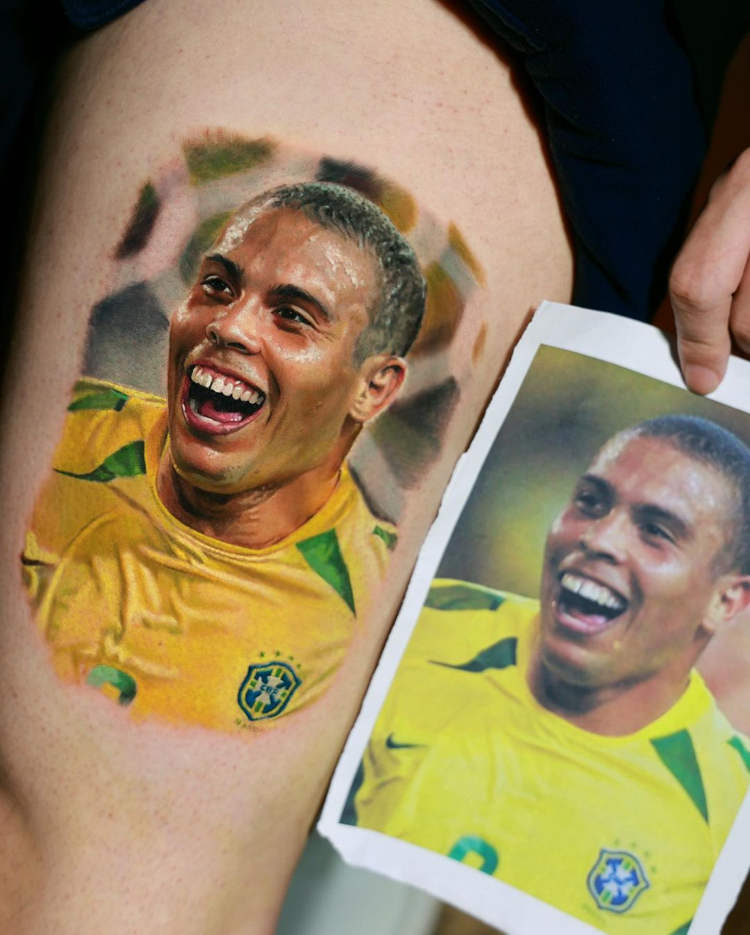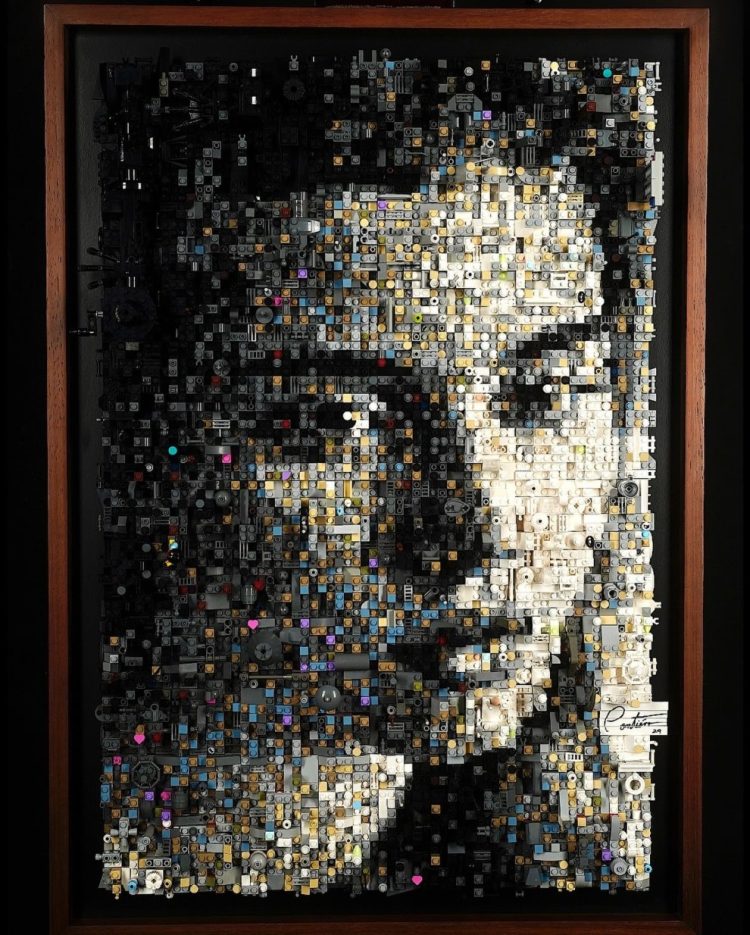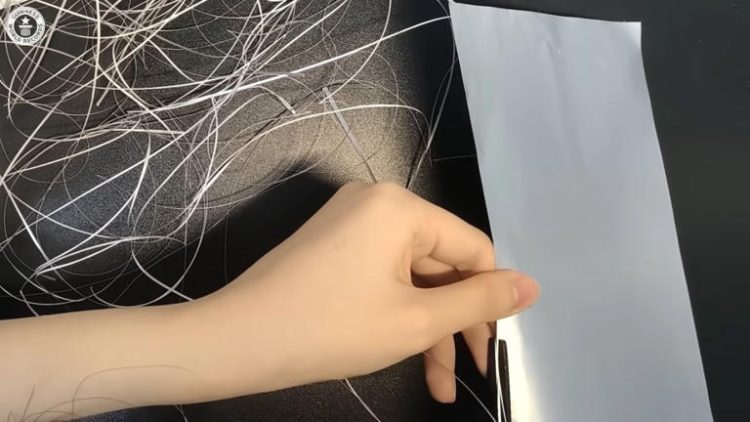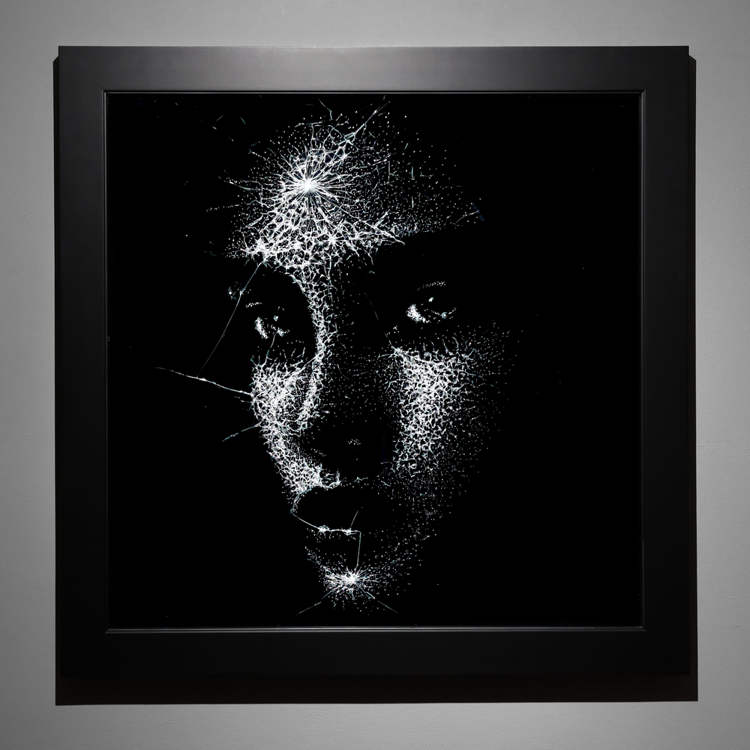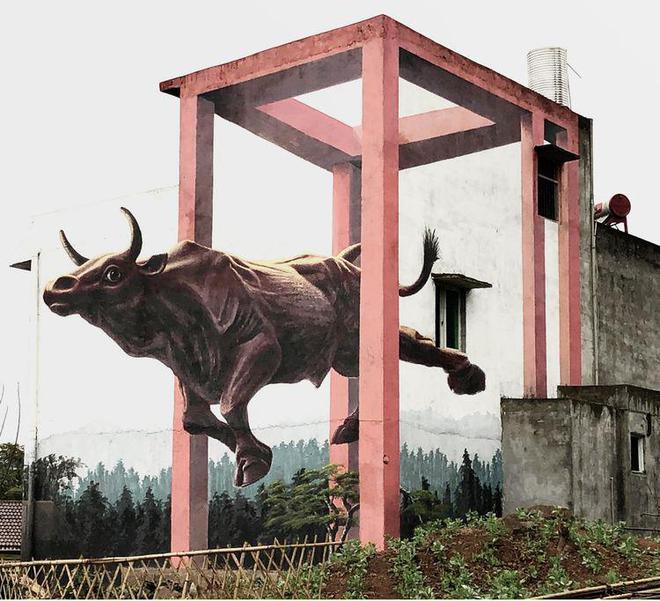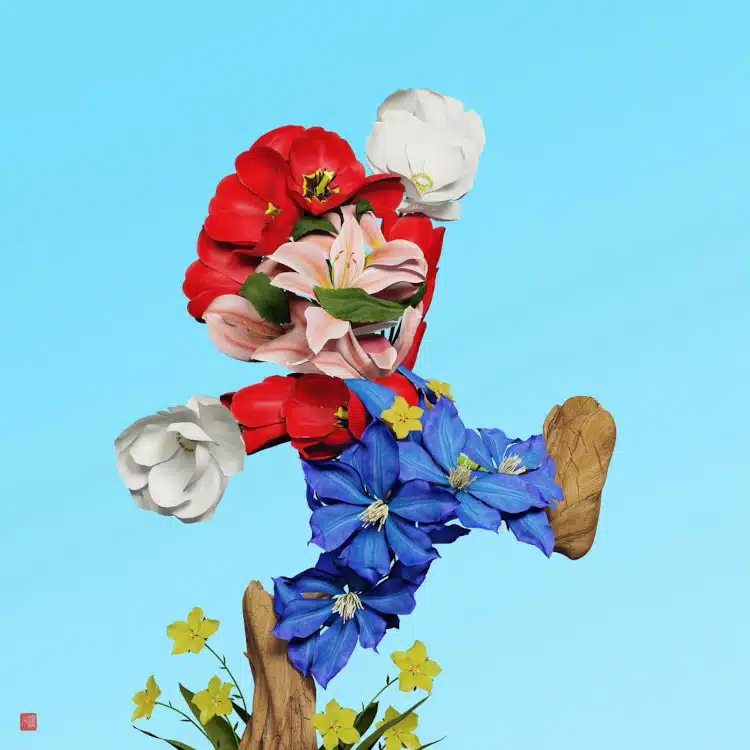Chinese artist Li Hongbo’s sculptures look no different from the classic white Roman-style plaster busts that many sculptors create. But the real magic begins only when you get close and touch them. What appeared to be plaster, reveals itself to be multiple layers of very thin paper.
Li’s technique is stunning – He sketches his ideas before pasting glue in narrow strips across pieces of paper, and stacking them up to the desired height. He uses up to 8,000 layers for a single head. He then cuts, chisels and sands the block of paper using a band saw and angle grinder, just as though he were working with stone. So you could literally touch and play with the busts that Li creates. You could stretch the faces and distort features to reveal an accordion of paper layers, and then snap everything back together with ease.
“When people look at a box, they think it’s a box. But actually, it can change into another thing,” the 38-year-old artist says. Born in a simple farming family, he confesses he has always loved paper. “At the beginning, I discovered the flexible nature of paper through Chinese paper toys and paper lanterns. Later, I used this principle to make a gun. A gun is solid, used for killing, but I turned it into a tool for play or decoration. In this way, it lost both the form of a gun and the culture inherent to a gun. It became a game.”
Some of Li’s work is being showcased at the Klein Sun Gallery in New York, in an exhibition called ‘Tools of Study’. Visitors at the gallery are enchanted by his paper sculptures. Unfortunately, they aren’t permitted to touch anything. A white-gloved member of the gallery staff twists and pulls at the busts, while an audience watches intently.
Lydia Chrisman, a gallery visitor, said: “It becomes a dynamic thing versus a very static thing. But as an observer, I can only enjoy that movement of the object if someone opens it for me. You kind of want to play with it, but you can’t.”
Li wishes his audience could touch the sculptures too. “I really want to let them move the pieces. But the gallery won’t let people touch them,” he said. “If the public were really careful, I would hope they could participate, because only by feeling with their hands could they experience the real pleasure of the material and the form.”
Watching a video of the staff demonstrate Li’s work, I feel like touching them myself. It’s almost impossible to tell they’re made of paper. They look more like some kind of elastic clay that stretches out and then resumes its perfect form. It’s like some sort of a super-flexible slinky. Fascinating stuff.
“Strange and unsettling are just adjectives used by some individuals,” said Li, describing how other people view his work. “People have a fixed understanding of what a human is. So when you transform a person, people will reconsider the nature of objects and the motivation behind the creation. This is what I care about.”
Of the 35 pieces on display in New York, 31 have already been sold, between US $10,000 and $48,000. Blaine Halvorson, a Los Angeles designer and collector, purchased the bust of Michelangelo. “I was walking down the booth and saw a girl unfolding one and putting him back together. I stopped. Ten minutes later, I owned a piece,” he said. “What you see is not necessarily what you get, and it’ll be sitting in my space.
Li has a master’s degree in folk and experimental art from the Central Academy of Fine Arts in Beijing. Apart from making these sculptures, he also spends his time writing books on 1,000 years of Buddhist paper art.
Photos: Klein Sun Gallery







